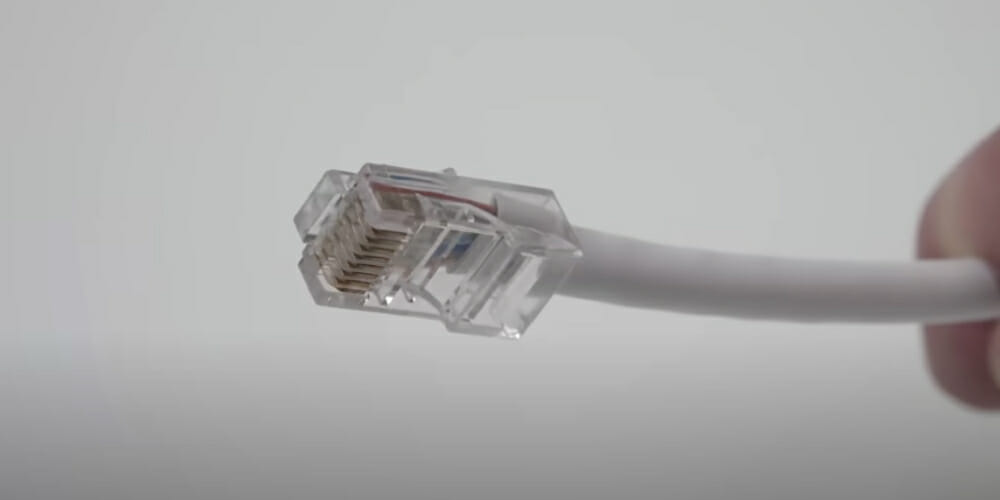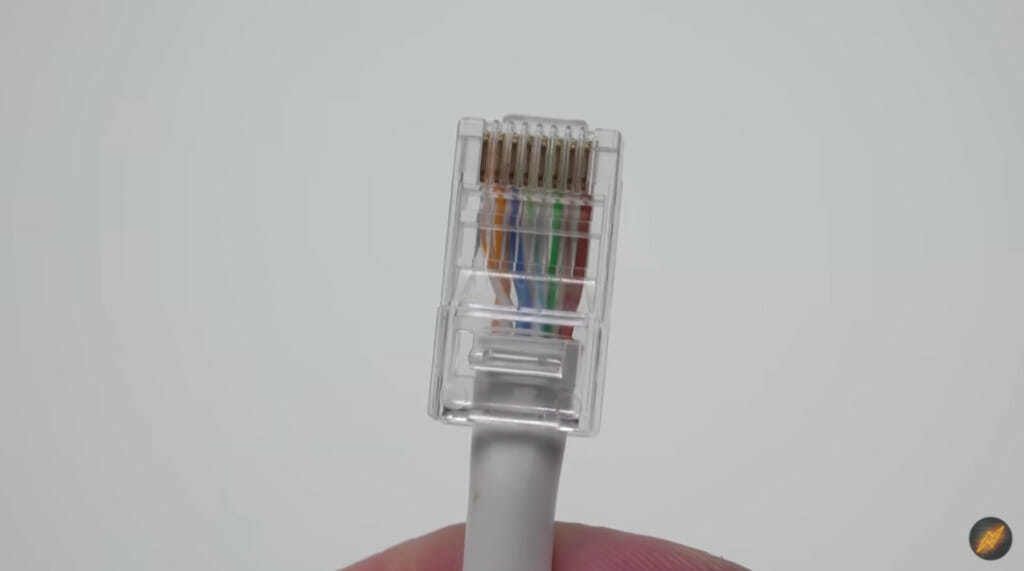What Gauge is Cat 6 Wire?

Cat 6 wires look like they come in various sizes due to the cable jacket thickness, but they follow a standard gauge size.
Cat 6 wires have a standard gauge of 22 to 24 AWG, with most commercial models having a 23 AWG size. This standardized sizing is also present in newer and older cat cables, making it easy for users to switch between different Cat cable types.
Cat 6 Wire Sizes and Specifications

Cat 6 wires are still the preferred Ethernet cables of many users due to their standardized gauge size and consistent data transfer speed.
The category 6 (cat 6) cable comes in a standard issue 22 to 24 AWG American wire gauge (24 in British standard wire gauge); however, most commercially sold Cat 6 wires come in a 23 AWG size. This standardized sizing makes it compatible with most, if not all, Ethernet ports; furthermore, it is also backward compatible with older ports such as those for the Cat 5/5e and Cat 3.
Cat 6 uses twisted pair technology, which utilizes four pairs of wires twisted together to give users fast and stable transfer speed.
These cat cables usually average a frequency bandwidth of 250 MHz but can provide a maximum frequency of 500 MHz. The total cable length determines the maximum possible speed for data transfer speeds. Cat 6 wires can deliver up to 1000 Mbps or 1 Gbps over a 100-meter range. However, this speed significantly increases with shorter cable lengths, as seen in 33 to 55 meters Cat 6 cables that deliver up to 10 Gbps.
Cat 6 Ethernet cables have high user satisfaction due to their performance advantages over other patch cables.
While these cables are mostly used for their gigabit Ethernet capabilities, it offers other benefits such as minimal signal loss, less interference with other cables, and two-way communication and data transfer between the twisted pair wires. Moreover, it has increased durability against bending thanks to its thicker cable jacket.
Compatibility with Other Cat Cables

Are you unsure whether your Cat Ethernet cable is compatible with other types?
It’s understandable to get confused about what makes these Cat Ethernet cables different and whether they’re compatible.
Fortunately, it’s easy to distinguish newer versions from older ones by looking at their model number. Cat cables are named according to their number and variation.
For example, you’re comparing Cat 6 and Cat 5 cables; based on the model number, the Cat 6 is the newer one. However, Cat 5 cables have two types: the Cat 5 and the Cat 5E; in this case, the Cat 5E is the newer enhanced version but is still older than the Cat 6 cable.
Now that we cleared up how to identify which patch cables are newer let’s move on to their compatibility with each other.
Cat cables are backward compatible with each other. This means that a new model like the Cat 6 is compatible with Cat 5 and 5E but not the other way around. The trade-off with backward compatibility is that it operates on the specifications of the older model. Don’t expect a gigabit Ethernet data transfer speed if you’re connecting a Cat 6 cable to a Cat 5 or 5E port; instead, the Cat 6 cable will perform based on the older model’s speed.
Regarding wire compatibility due to gauge size, there’s no need to worry about the size difference.
Most Cat cables follow a standardized America Wire Gauge AWG of 22 to 24, with most commercialized models having a 23 gauge size. Since the sizes are standardized, you should have no trouble connecting different Cat cables and port models.
Video Reference
Switched On Network
Ultimate Tech Hub
